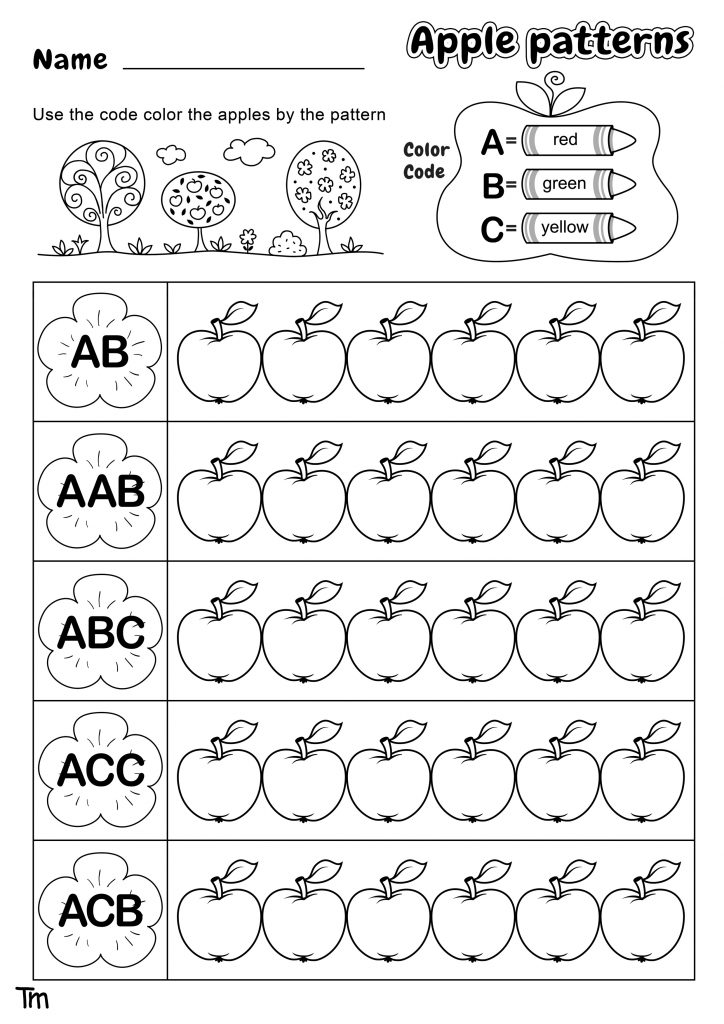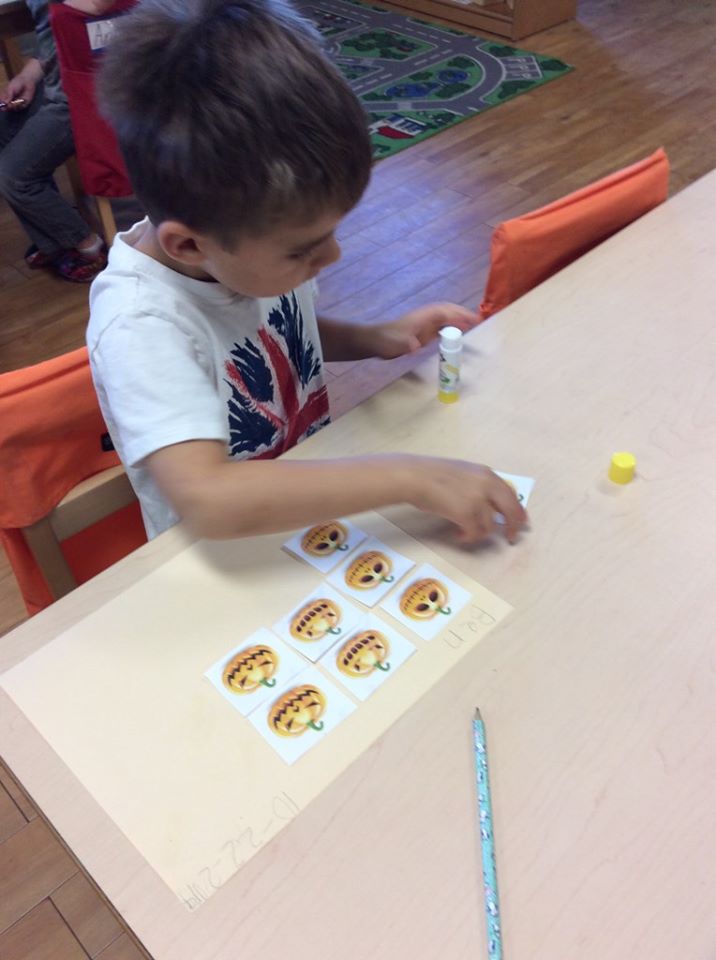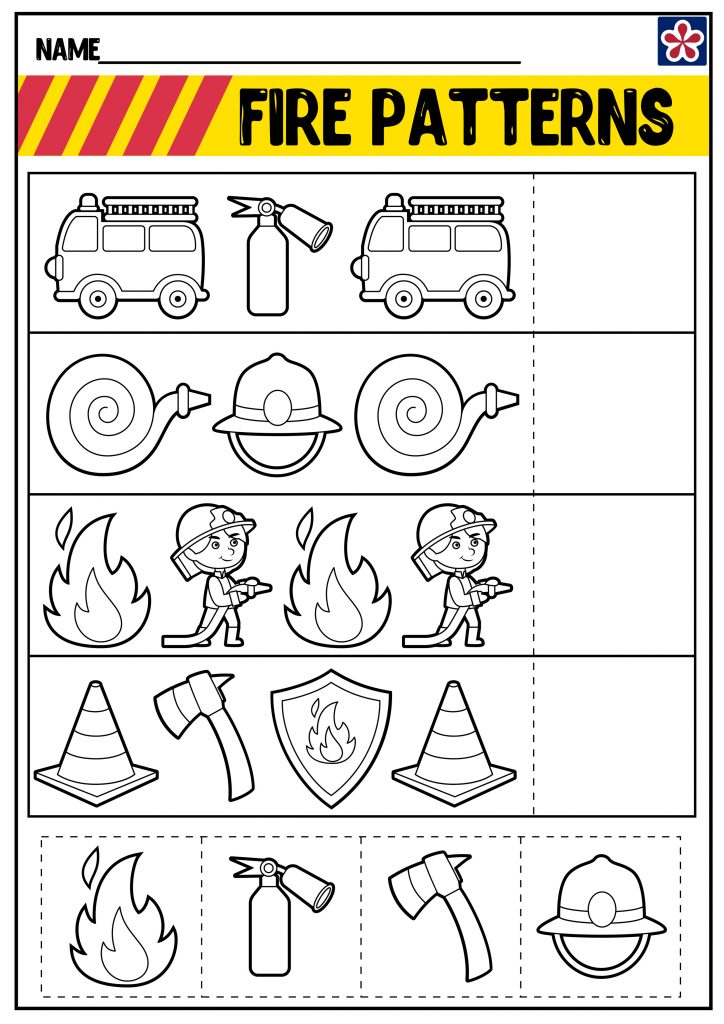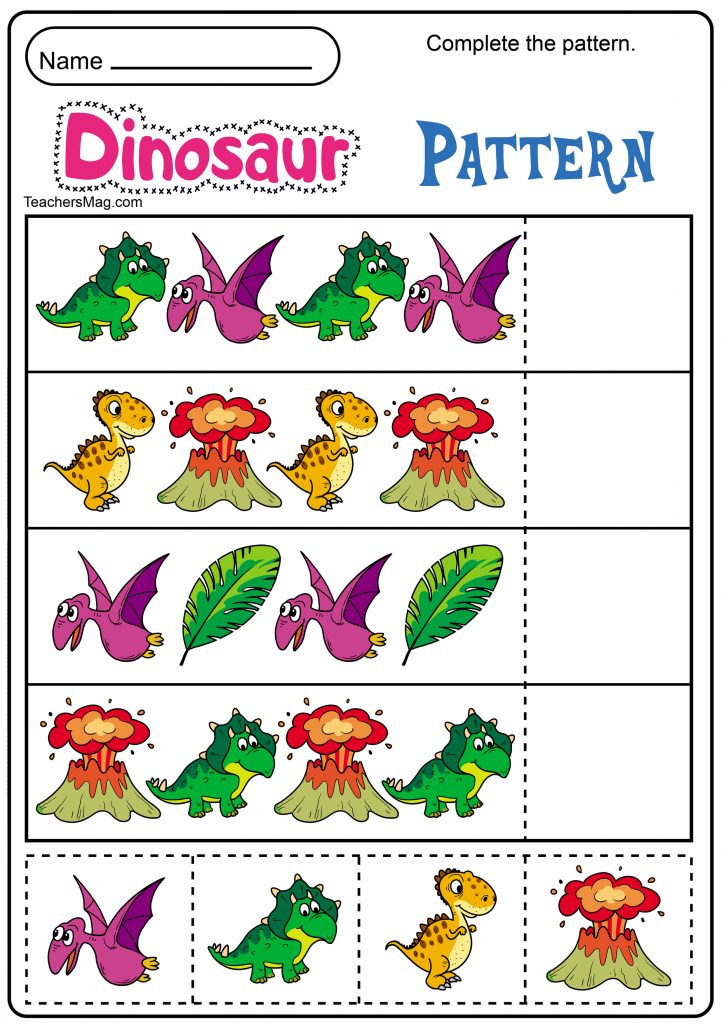.Abigail Miller
Lesson plan: Graphing Groups and Shape Pattern Recognition for Preschoolers
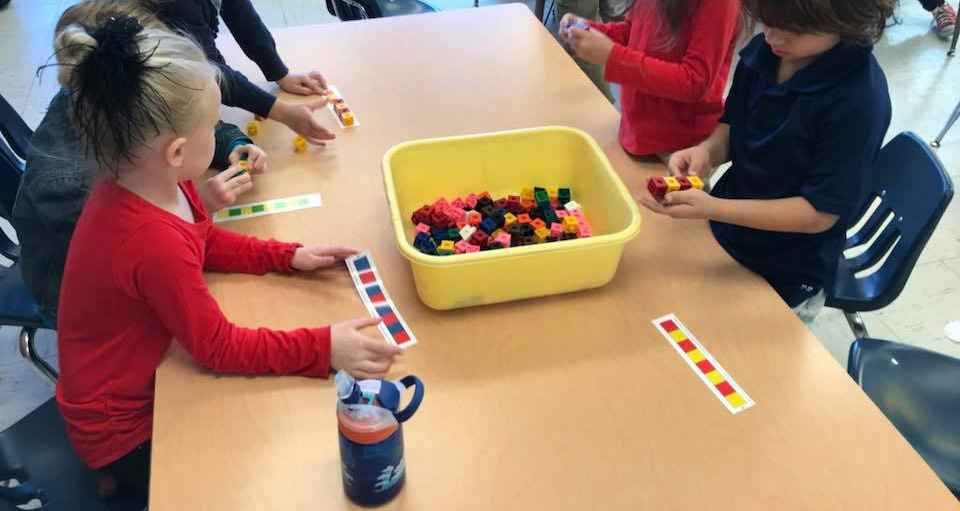
@MLSKindergartenClass
Graphing Groups and Shape Pattern Recognition for Preschoolers
Daily Objectives
The students will have the ability to create a pattern and then describe it verbally.
With the use of an activity sheet designed for pattern recognition, the students will have the ability to continue a pattern of shapes by following-up with differently-colored shapes.
The preschoolers will have the ability to visually recognize how shapes are different and will have the ability to count each one, fill a graph for each shape to the correct height, and also circle the shape which appears most often.
Materials to Prepare
- The activity sheet for pattern recognition
- The graphing groups activity
- Unifix cube, sheet plastic, and/or teddy bear counters, whatever is available
Key Words to Use/Instructional Language
Students should use words such as, "Different," "Same," "More than," "Less than," and be able to talk about the shapes introduced.
The teacher should use words such as, "Color," "The same as," "Count," "How Many," "Number," "Compare," "In Order," "Add," "Pattern," "Shape," "Continuing the pattern/extending the pattern."
First Activity: AB Patterns
The students will use the unifix cubes to make AB patterns for this activity.
Start with patterns such as ABAB, AABBAABB, or BBABBA, and so forth.
Once the preschoolers are comfortable with creating these different patterns they can be given the activity sheet for pattern recognition.
Students will study the sheet and then draw the shape hat comes next in each order of patterns.
The students will next count each shape and fill the graph for each shape so as to reflect the correct graph-height and they will then circle the shape they determine appears the most often.
Second Activity: Teddy Bear Counter Patterns
For this activity the students will make patterns with the teddy bear counters that involve two different colors and two different sizes.
Explain to the students how for this activity their patterns will involve sizes and colors. For example: A big and blue bear followed by a small red bear, then another big blue bear, followed by a small red bear to make a pattern and so forth).
Now have the preschoolers make a pattern utilizing both two shapes as well as two different colors, such as blue square and a red rectangle which alternate. Ensure the student understands that both the color and size are important for the pattern to be accurate (e.g. don't use a small blue square in one part of the pattern and then a large blue square in another).
